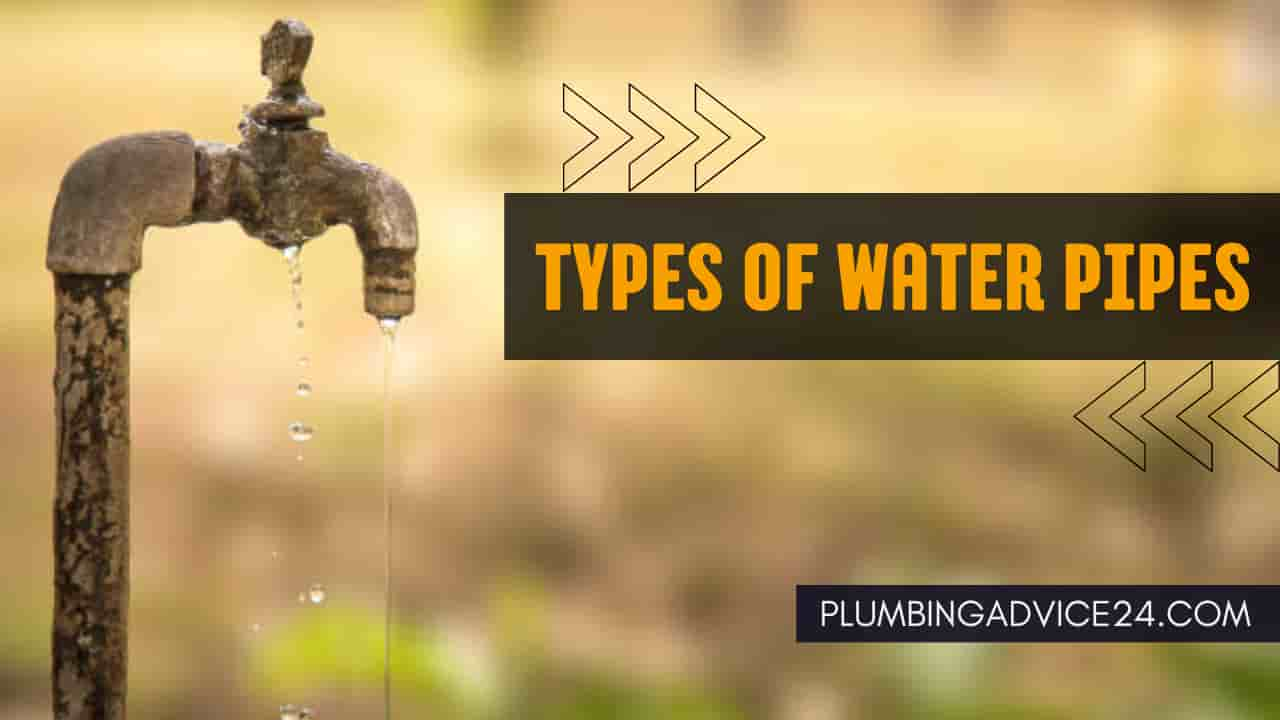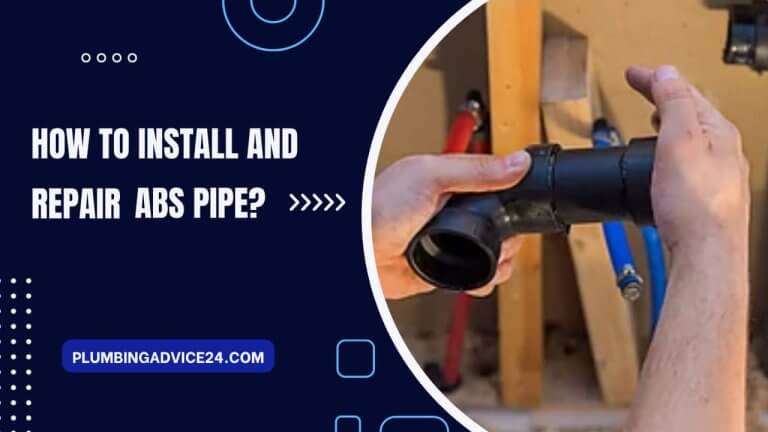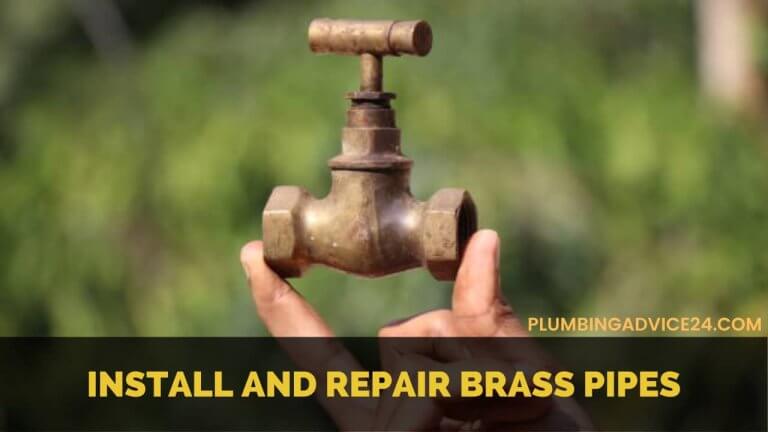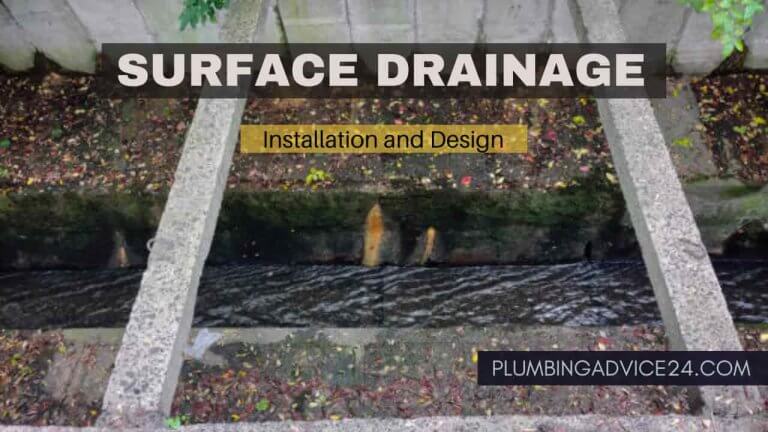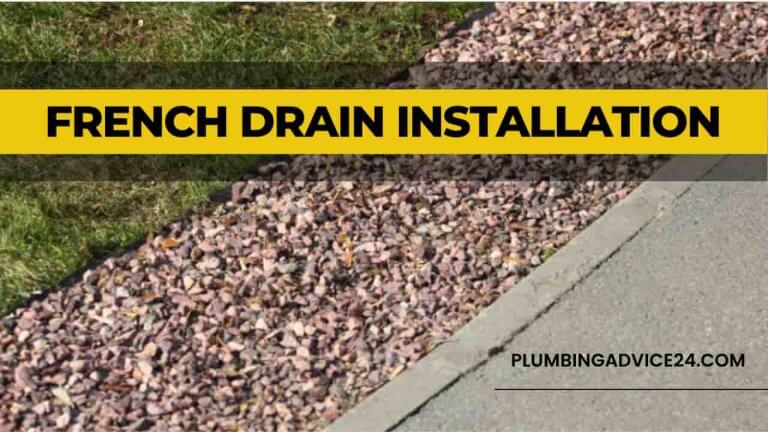Types of Water Pipes for Homes | Pipes for Water Supply
If you are considering installing a drinking water pipe for your home, the first question that will come to your mind is what can be the right water pipe for your home. There are many options for water pipes readily available in the market these days. Various materials are used in water supply pipes to make pipes more versatile. Let us introduce you to the most commonly used types of water pipes in this area and discuss their advantages and disadvantages.
What Is a Water Pipe?
The main purpose of water pipes is to distribute water in a local area safely, be it a residential area or a commercial area. Typically these pipes will be found everywhere in your home, from your kitchen to the bathroom or drainage lines, and water pipes for distribution or rainwater drainage.
Pipes are made from a variety of materials. Where to use a particular material depends on the piping system’s use and purpose.
Types of Water Pipes
There are many types of pipes, which are made from different materials. But you must be careful before choosing a pipe for drinking water, as many pipes can leach after a long time and become dangerous for your family’s health.
So you need to know, before installing water pipes, which pipe is suitable for your work. Here we have given you the types of water pipes which are mainly used.
The water supply pipe used is as follows.
- PVC Water Pipe
- PEX Water Pipe
- ABS Water Pipe
- Copper Water Pipe
- Galvanized Steel Water Pipe
- Cast Iron Water Pipe
1. PVC Water Pipe
Polyvinyl chloride (pvc) water pipe is made of plastic and vinyl. Many people also call them plastic pipes. These types of water pipes are mainly used in residential and commercial buildings. Initially, it gained popularity because it was easier to work with than galvanized steel pipes. These pipes are easy to install.
PVC water pipes can be used indoors, outdoors, and underground. It delivers water to homes, buildings, sewers, and vent piping.
Advantages of PVC Water Pipes
Here, the pros of PVC water Pipes are as follows.
- PVC pipe is strong and durable.
- This pipe is corrosion-resistant.
- This pipe is chemically resistant.
- This pipe is quickly installed.
- This pipe is lightweight and can be moved easily.
- This pipe is much less expensive.
- It is much easier to work with this pipe.
Disadvantages of PVC Water Pipes
Here, the cons of PVC water Pipe are as follows.
- Due to their non-disintegrating property, plastic pipes are not installed at high temperatures.
- They are easily cracked.
- At higher temperatures, the strength of plastic pipes decreases.
2. PEX Water Pipe
PEX water pipe is a flexible plastic pipe made of cross-linked polyethylene plastic. It replaces copper and galvanized steel pipe in water supply lines in new construction and remodeling projects.
It is only used for water supply lines and is mostly available in two colors. Blue for cold and red for warm. These types of water pipes come in three types. A is the most flexible, B is the least flexible, and C is the hardest.
PEX water pipe simplifies water supply plumbing for manual and professional plumbing. It has rubber-like elasticity, which is why it always wants to return to its original shape.
Advantages of PEX Water Pipe
Here, the pros of PEX water pipes are as follows.
- It is more flexible than PVC and does not require glue to connect water distribution pipes.
- Can rotate this pipe without the help of any tools.
- It is very easy to repair.
- It is much less expensive than other materials.
- They are less likely to leak because they have fewer joints.
- They are easy to install.
- It is more durable and has a minimum lifespan of 50 years; some manufacturers say it will last more than 100 years.
- It does not rust.
Disadvantages of PEX Water Pipe
Here, the cons of PEX water pipes are as follows.
- It is extremely sensitive to UV light.
- Chemicals and insects can damage it.
- It can be easily damaged by improper handling and installation methods.
- It is not suitable for outdoor use. If unchecked, it can harden and crack in a few months due to the sun’s ultraviolet rays.
- How many special tools may be needed when plumbing with it.
- It is semi-permeable, which can cause liquids to enter it, and sometimes water leaks from connections or other places.
- It can excrete BPA and other hazardous substances. BPA is an industrial chemical used to harden plastics.
- PEX water pipes cannot recycle.
Related Post : 22 Different Types of Plumbing Pipes
3. ABS Water Pipe
ABS (acrylonitrile-butadiene-styrene) is a thermoplastic resin. They are made using this plastic material. ABS water tubing is used for drain-waste-vent applications. These types of water pipes can withstand higher temperature drain water than PVC water pipes.
ABS pipes can be used indoors and outdoors, but due to their ability to withstand extremely cold temperatures and not being corrosion-resistant, they are often used in outdoor conditions, which is why it is suitable for underground sewer pipes. It is also called an ABS drain pipe.
ABS water pipes and PVC water pipes may look alike, but there is a difference between them. ABS water pipes are always black, while PVC water pipes are white or dark gray. However, you can connect the two pipes.
Advantages of ABS Water Pipe
Here, the pros of ABS water pipes are as follows.
- They are stronger than PVC pipes.
- It is good for underground outdoor use.
- It works well in cold temperatures.
- It is very easy to connect.
- Easy to cut due to low density.
- It costs less.
Disadvantages of ABS Water Pipe
Here, the cons of ABS water pipes are as follows.
- Building codes often do not allow it.
- Contains BPA, which can cause cancer.
- Warps and deforms at a certain temperature.
4. Copper Water Pipe
Copper water pipe is a traditional form of plumbing piping. They have been a staple in the plumbing industry for decades and are used as home water supply lines. Its durability is very good. Usually, in new and old homes, you may have seen copper water tubes used in sinks, showers, tubs, and other fixtures.
Copper water pipes remain equally popular with plumbers and homeowners because they are best suited to protect water quality and are corrosion-resistant. Copper water lines are capable of controlling high water pressure. It can tolerate both hot and cold water temperatures. These types of water pipes are also recyclable, which makes them an environmentally friendly option.
Rigid copper pipe is best for water supply, as its use does not cause any harm to health. There are also rigid copper pipes and flexible varieties. It comes in three wall thicknesses: k, L, and m. Type K has the thickest walls, Type L has thinner walls than Type K, while Type M has thinner walls than both.
Advantages of Copper Water Pipe
Here, the pros of Copper water pipes are as follows.
- Since copper is a lighter metal, it can bend easily.
- These pipes are durable.
- Does not contaminate the water.
- Can tolerate both hot and cold water.
- It is also capable of recycling, so it is less harmful to the environment.
- These pipes are fire-resistant.
Disadvantages of Copper Water Pipe
Here, the cons of Copper water pipes are as follows.
- Plumbers cannot use these pipes in tight spaces because they are too stiff.
- It is the most expensive type of plumbing pipe, and the cost of any project involving copper pipe is also increasing due to the continuous rise in copper prices.
- It isn’t easy to work manually due to the solder connection.
- These pipes cannot withstand acidic water.
- If the water freezes, the pipe may rupture.
Related Post : What Is Pipe Fitting | Types of Pipe Fittings for Plumbing
5. Galvanized Steel Water Pipe
This galvanized steel water pipe is heated in zinc for coating, which protects the pipe from corrosion. Generally, galvanized water pipes were the preferred material for water distribution lines inside pre-1960 buildings. When invented, lead was the only alternative to galvanized pipe water supply lines.
Even if a galvanized water tube or pipe is immersed in a zinc coating, after some time, the zinc in contact with water will be eroded, and the pipe will rust from the inside. These types are commonly used to transport compressed air, potable water, gasoline, oil, and gases.
Advantages of Galvanized Steel Water Pipe
Here, the pros of Galvanized steel water pipes are as follows.
- It has a low cost.
- It provides hardness with low maintenance.
- High-quality galvanized water pipes last longer.
- Every part provides complete protection so that once the pipe is laid in a corner or inaccessible place, it does not need to be seen for a long time.
- It can easily be inspected these pipes.
- It protects against rust as it is dipped in a zinc coating.
Disadvantages of Galvanized Steel Water Pipe
Here, the cons of Galvanized steel water pipes are as follows.
- The zinc barrier in galvanized pipes prevents corrosion for a certain period, but after prolonged exposure to water, zinc erodes, and corrosion occurs inside the pipes, eventually leading to a leaking or broken pipe.
- Galvanized steel pipes can contain lead, which quickly disrupts and penetrates your water supply, which can be hazardous to health.
- Galvanized pipes are very heavy and difficult to install or repair.
6. Cast Iron Water Pipe
Cast iron water pipe is a pipe made mainly of gray cast iron. It was historically used before the 20th century as a pressure pipe for water, gas, and sewer transmission and as a water drainage pipe. These non-coated and untreated pipes will corrode over time. Its average lifespan is 25-30 years. Cast iron plumbing is now obsolete.
This pipe offers exceptional fire resistance. Cast iron does not burn and usually does not shut off the gas when heated to a flammable temperature in the structure. It is easy to install and often has the best durability for the life of the building.
The failure of this pipe is that dirty water corrodes the metal pipe, causing the inside of the cast pipe to rust over time, which will thin the metal and make it prone to seeping or leaking.
Advantages of Cast Iron Water Pipe
Here, the pros of Cast iron water pipes are as follows.
- Cast iron pipes do not make noise, making them the best choice for use in quiet places like hospitals.
- These pipes are more secure than other pipes.
- Cast iron pipes are cheaper to install, which makes them cost-effective.
- Cast iron pipe is durable and strong as it does not deviate under heavy load.
- These pipes are fire-resistant.
Disadvantages of Cast Iron Water Pipe
Here, the cons of Cast iron water pipes are as follows.
- It is prone to corrosion which you often cannot see through the inside of the pipe.
- Cast iron pipes are very heavy. They can sink into the ground and cause cracking.
- Cast iron pipe is strong and durable but is quite brittle and will break easily if accidentally knocked.
- Cast iron, being a metal, is more expensive than traditional PVC or ABS sewer/vent pipe.
Related Post : What Is a Sewer Line | Types of Sewer Pipes | Best Sewer Line Insurance Company
Which Pipe Is Best for Plumbing?
Copper pipes are perhaps the most expensive plumbing pipe but the best plumbing pipe, which is used because of their wide duration and reliability. They offer superior corrosion resistance, excellent materials for use in hot and cold water, and can be easily operated.
How Many Types of Plumbing Are There in a Home?
Every home has three basic types of plumbing systems, known as supply lines, fixtures, and drains. It forms a series of pipes and fittings; the system and its various components work together logically.
What Is the Best Pipe for Main Water Line?
Polyvinyl chloride (pvc) plumbing pipe is the best pipe for the main water line. It is made of plastic and vinyl. Many people also call them plastic pipes. It is a common type of pipe used in residential and commercial buildings. These pipes are easy to install. PVC plumbing pipes can be used indoors, outdoors, and underground. It delivers water to homes, buildings, sewers, and vent piping.
What Are the Safest Water Pipes?
Copper pipes are the safest water pipes. pipes with lead-free composite materials are the best choice for water pipes. They last longer and do not leach chemicals into your drinking water. Copper pipes remain popular with plumbers and homeowners alike because they are the most suitable for protecting water quality and are corrosion-resistant. It is also recyclable, making it an environmentally friendly option.
What Is Pex Plumbing?
PEX plumbing is a flexible plastic pipe made of cross-linked polyethylene plastic. Pex water line is only used for water supply lines and is mostly available in two colors. Blue for cold and red for warm. These pipes come in three types. A is the most flexible, B is the least flexible, and C is the hardest. This pipe simplifies water supply plumbing for manual and professional plumbing.
Should the Copper Drain Pipe Be Replaced?
Copper drain pipe lasts about 70-80 years, so if your home is built recently, you need not worry. Your copper drain pipes are probably in good condition. But if your plumbing pipes are old, you should know this so you can measure if you need to upgrade the plumbing. Brass, cast iron, and galvanized steel have a lifespan of 80 to 100 years, copper has a lifespan of 70 to 80 years, and PVC piping has a lifespan of only 24 to 45 years.
What Are the Risks with Galvanized Plumbing?
The zinc barrier in galvanized plumbing pipes prevents corrosion for a certain period, but after prolonged exposure to water, zinc decays, and corrosion occurs inside the pipes. Galvanized pipes can contain lead, which quickly disrupts and penetrates your water supply, which can be hazardous to health. Galvanized plumbing can be hazardous to health if not replaced with updated, safe pipes in the water supply line.
If You Liked This Post? So Share It with Your Friends
Suggested Articles:
